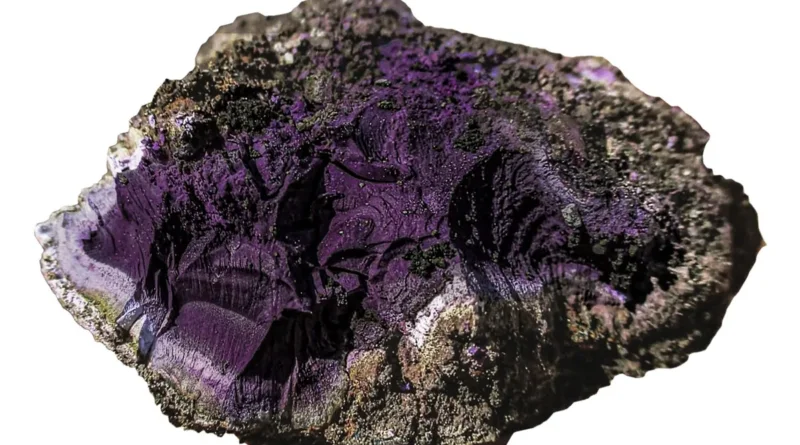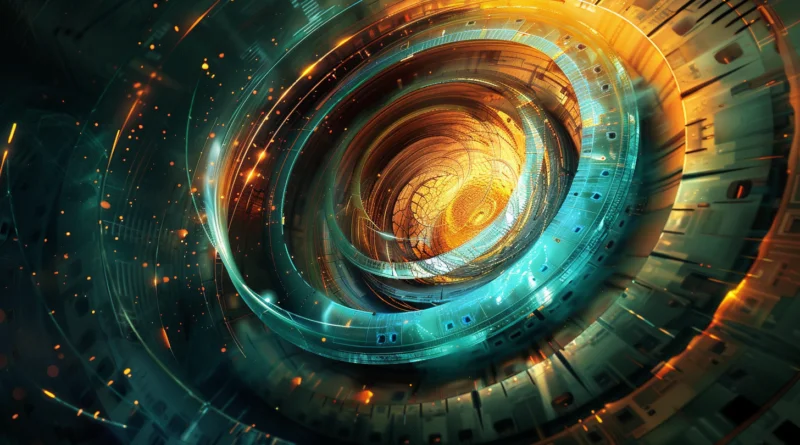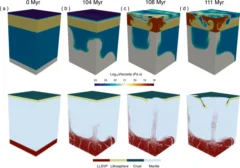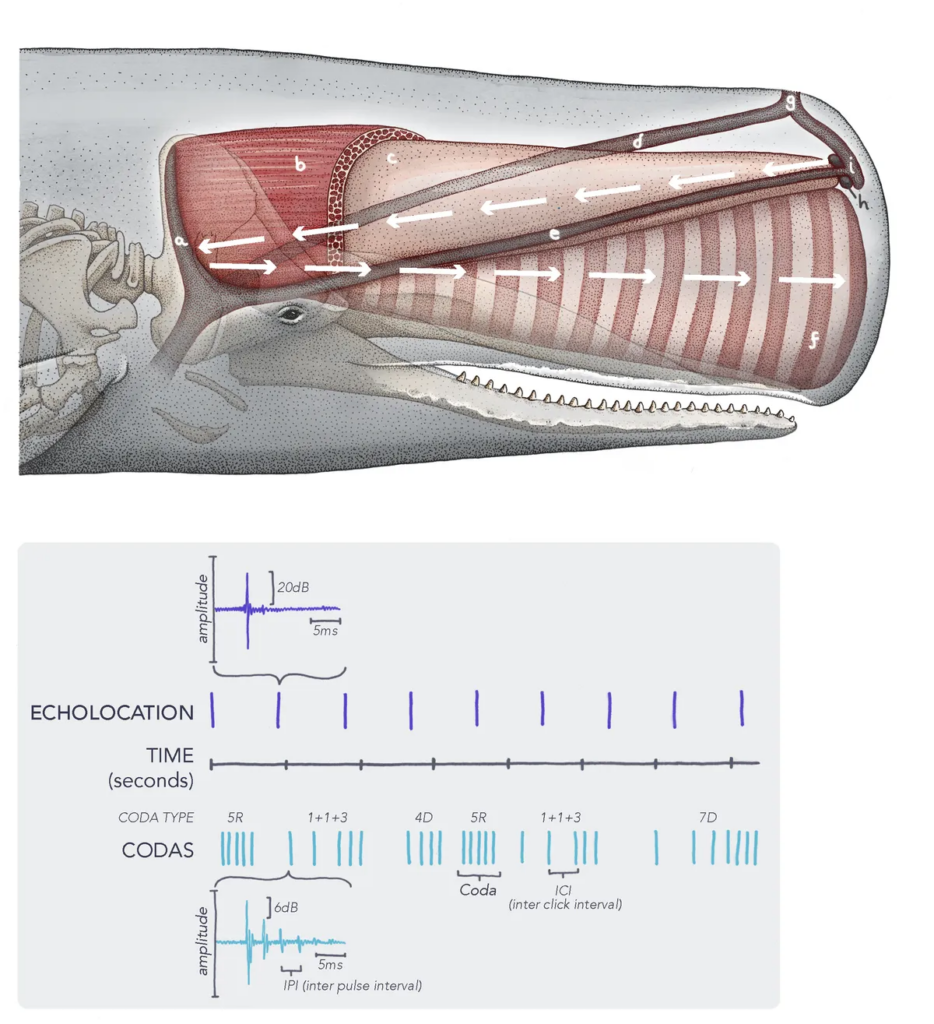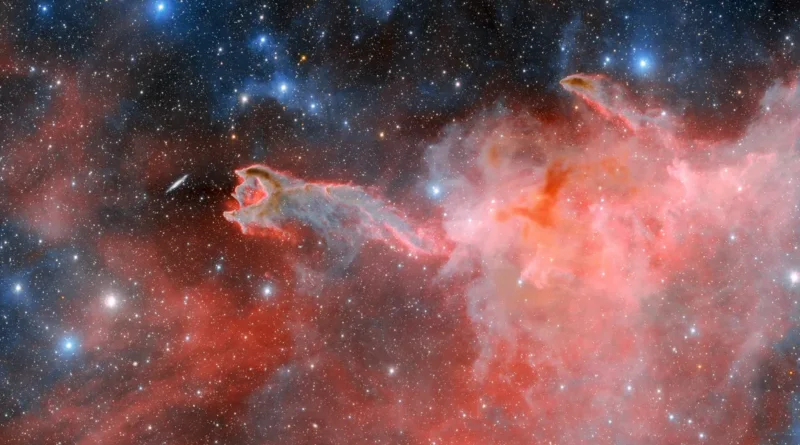An international team of astronomers has discovered 49 new gas-rich galaxies using the MeerKAT radio telescope in South Africa.

Dr. Marcin Glowacki of Curtin University's International Center for Radio Astronomy Research (ICRAR) in Western Australia led the study. The goal is to study the star-forming gas in one radio galaxy. Although the team didn't find any of the desired samples, Glowacki instead discovered other galaxies while checking the data. In total, the gas of 49 galaxies was detected.
"I didn't expect to find almost fifty new galaxies in such a short time", said the scientist. — "Using different galaxy search methods used for other MeerKAT surveys, we were able to detect all these galaxies and determine their gas composition".
The new galaxies have been unofficially named the 49ers, a reference to the California gold prospectors of 1849 during the Gold Rush. Many of the open galaxies are close to each other, forming groups, and some of them can be detected during a single observation.
The three galaxies are directly connected by gas. Glowacki notes: "These three galaxies are particularly interesting because, by studying galaxies at other wavelengths of light, we found that the central galaxy is forming many stars. It is likely stealing gas from its companion galaxies to fuel its star formation, which could cause the other two to become inactive.”.
Professor Ed Elson from the University of the Western Cape and co-author of the paper adds: "This discovery highlights the power of the MeerKAT telescope as an imaging tool. The methods we have developed and implemented to study the 49s will be useful for large MeerKAT science studies and smaller observing campaigns like ours.”.
The research was published in the Monthly Notices of the Royal Astronomical Society.
It will be recalled that scientists found out why the first stars were 10 times larger than the Sun. Scientists believe that the lack of heavy elements reduced the efficiency of heat radiation by stars, allowing them to collapse into more massive objects than is possible today.


 246
246



